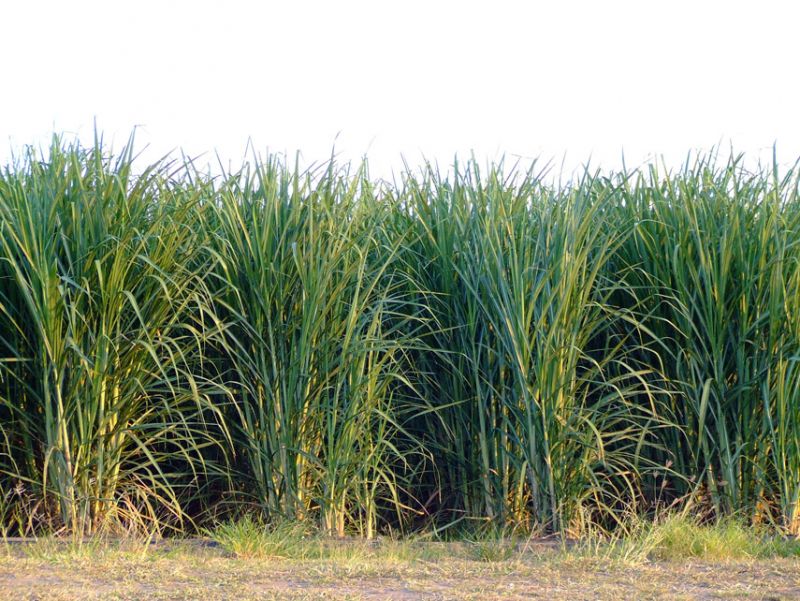Optimized Water Use to Raise Sugar Output up to 27%
Published on by Water Network Research, Official research team of The Water Network in Academic
The Water Resources Management Center (WRMC) of Central Luzon State University (Philippines) said that sugarcane output may rise by as much as 27% due to a new irrigation system that optimizes water use.

Sugarcane rows
Armando N. Espino, Jr., director of the WRMC, said that raw sugar yields could grow by 27% per hectare by 2024 with the deployment of automatic weather stations (AWS).
According to data from the Sugar Regulatory Administration (SRA), the industry produced 2.238 million metric tons (MT) of raw sugar, or 108.31 kilograms per hectare last year.
The AWS employs an Optimum Irrigation Scheduling System that operates only when it is needed -- when sensors detect soil moisture is low.
“Water is a major limiting factor for productivity (especially) in changing climatic conditions and weather patterns. The industry expansion depends upon efficient water use,” said Mr. Espino.
The project falls under the Smart Water Management Strategies for Sugarcane financed by the Philippine Council for Agriculture, Aquatic and Natural Resources Research and Development.
It is currently installed on a pilot site at the Luzon Agricultural Research and Extension Center of the Sugar Regulatory Administration in Floridablanca, Pampanga.
“This technology is already in the hands of farmers in Australia. They have a soil-crop-weather simulation model where farmers can expect this amount of growth response in plant when you give this amount of irrigation,” he added.
The AWS technology was inspired by Australia’s National Center for Engineering in Agriculture.
“Australia itself has an average cane yield of 91 MT of cane per hectare (with yield reaching to 120 MT per hectare), and its sugar exports hit $1.8 billion in 2015-2016, making Australia the world’s third largest sugar exporter,” WRMC said in a statement.
Remote sensors are used in Australia for “estimating crop yields, detecting diseases, identifying pest and weed coverage, evaluating uniformity of irrigation, observing changes in plant growth, assessing the impact of severe weather, and determining (the) extent of crop stress.”
The technology can be enabled through the Internet, giving farmers the ability to switch on or off the irrigation system from their homes while they monitor real-time farm data.
This year, the SRA board targets sugar production of 2.25 million MT, higher than the 2.24 million MT produced in the previous crop year.
Read more: Business World Online
Media
Taxonomy
- Agriculture
- Irrigation
- Agriculture
- Water Supply
- Consumption
- Irrigation Management
- Agriculture
1 Comment
-
Good!